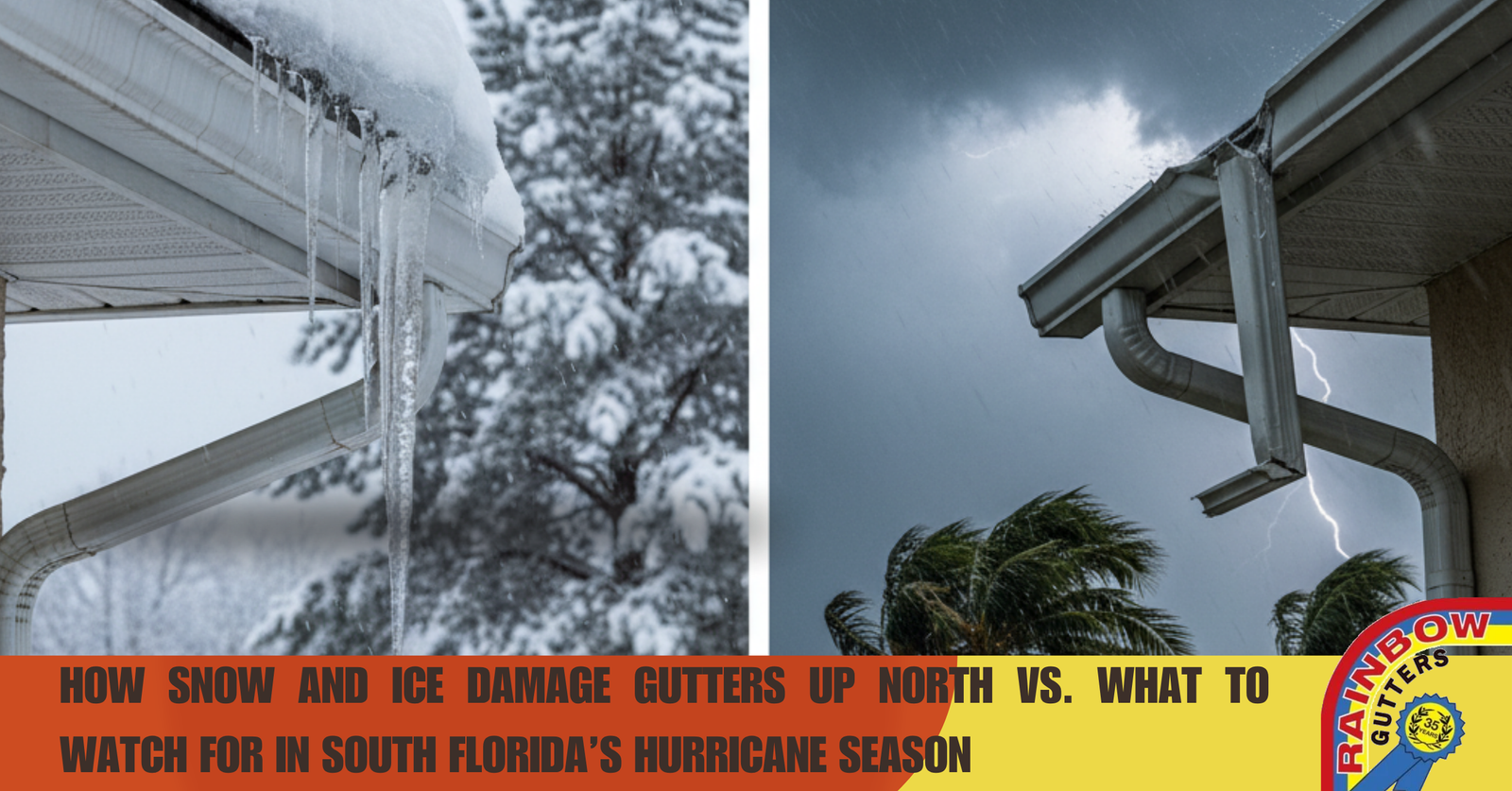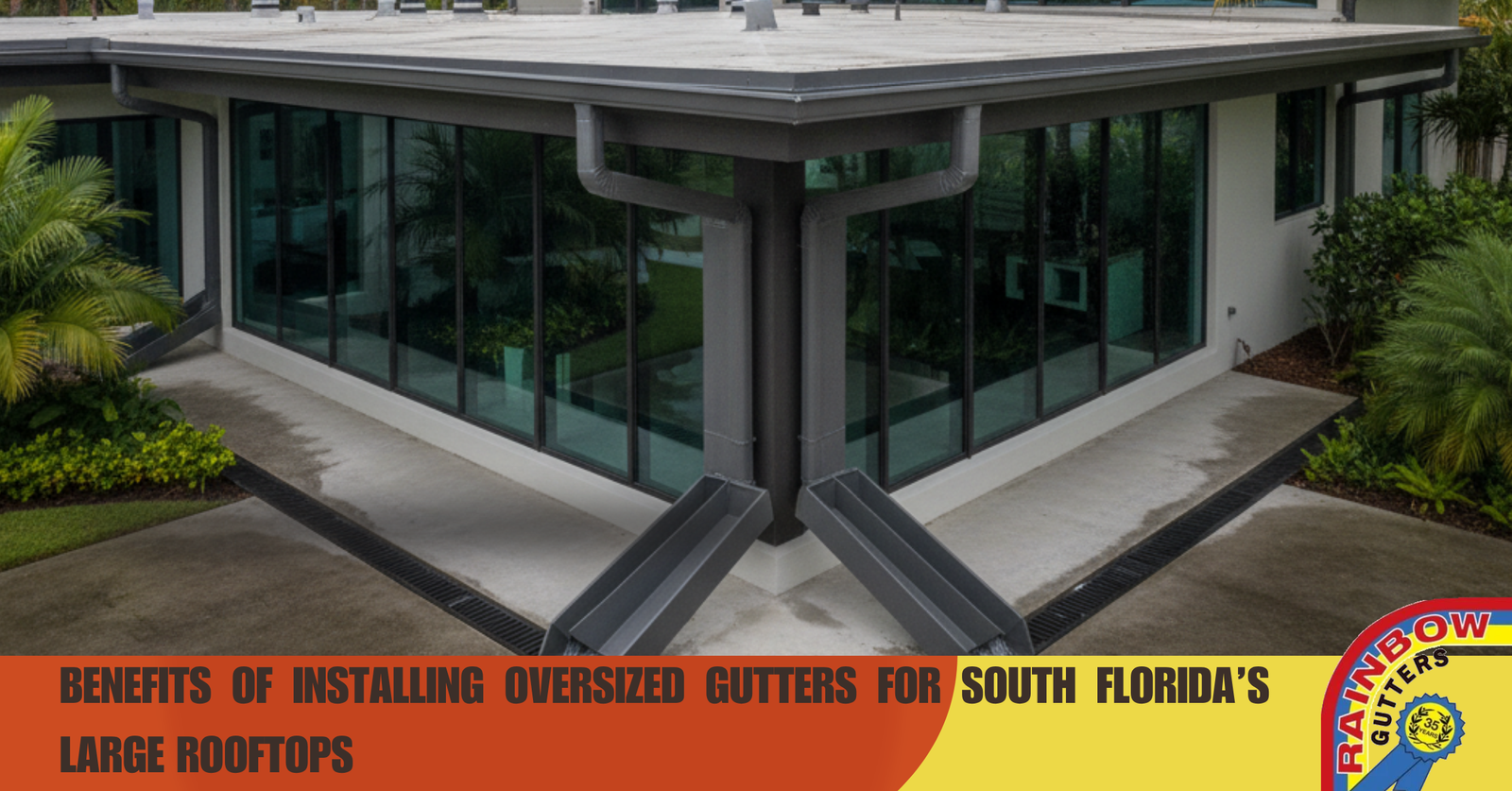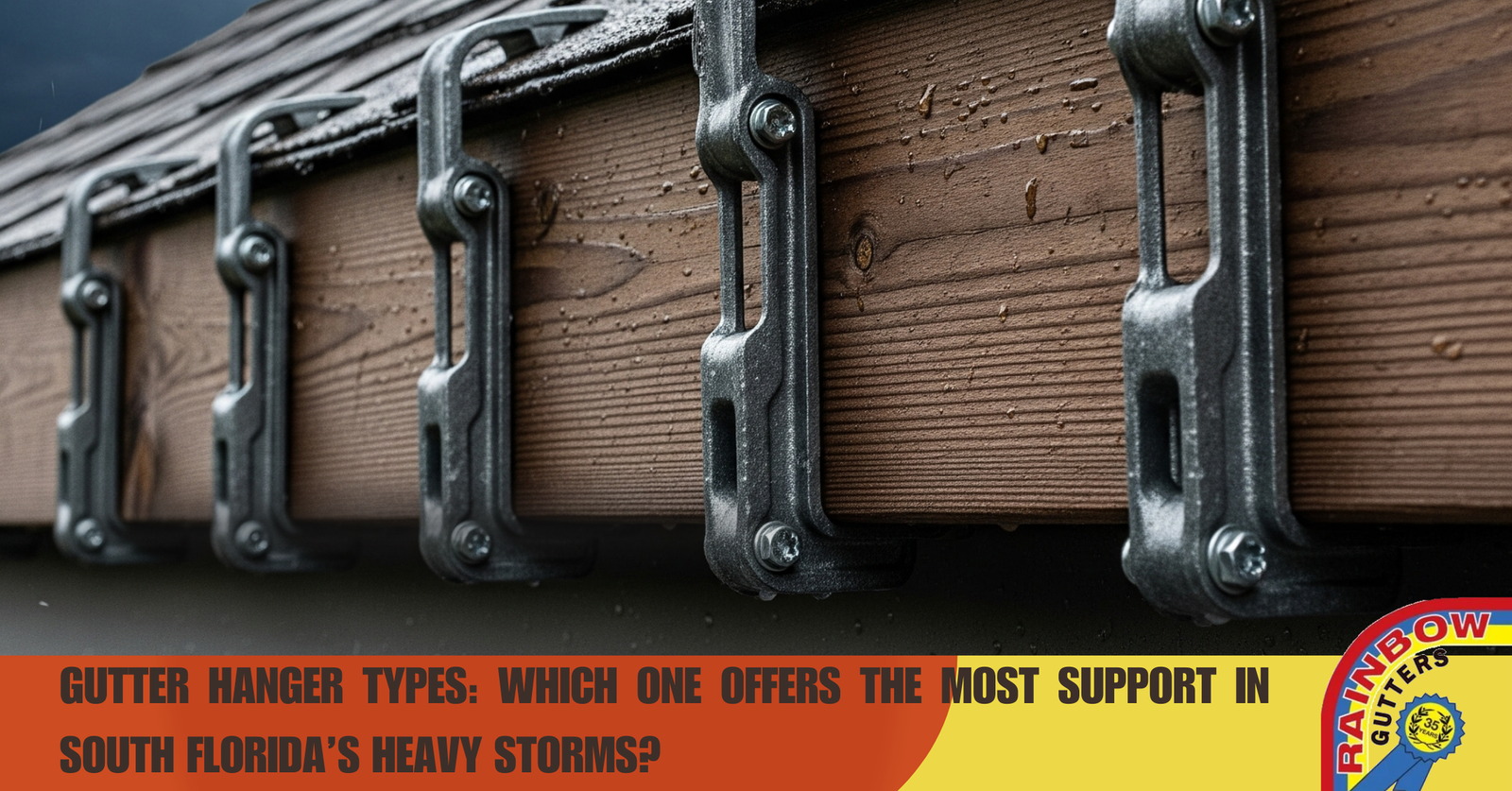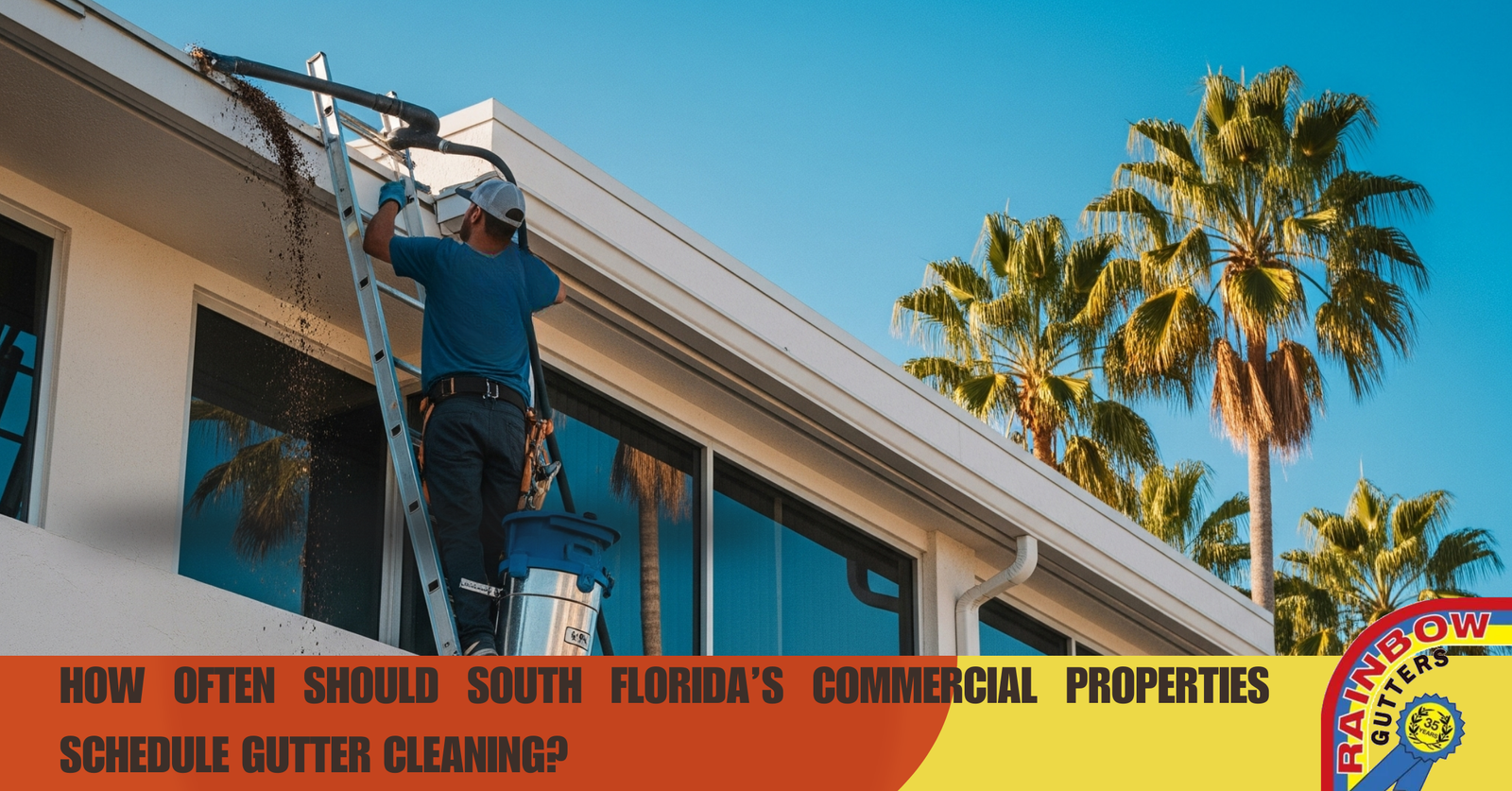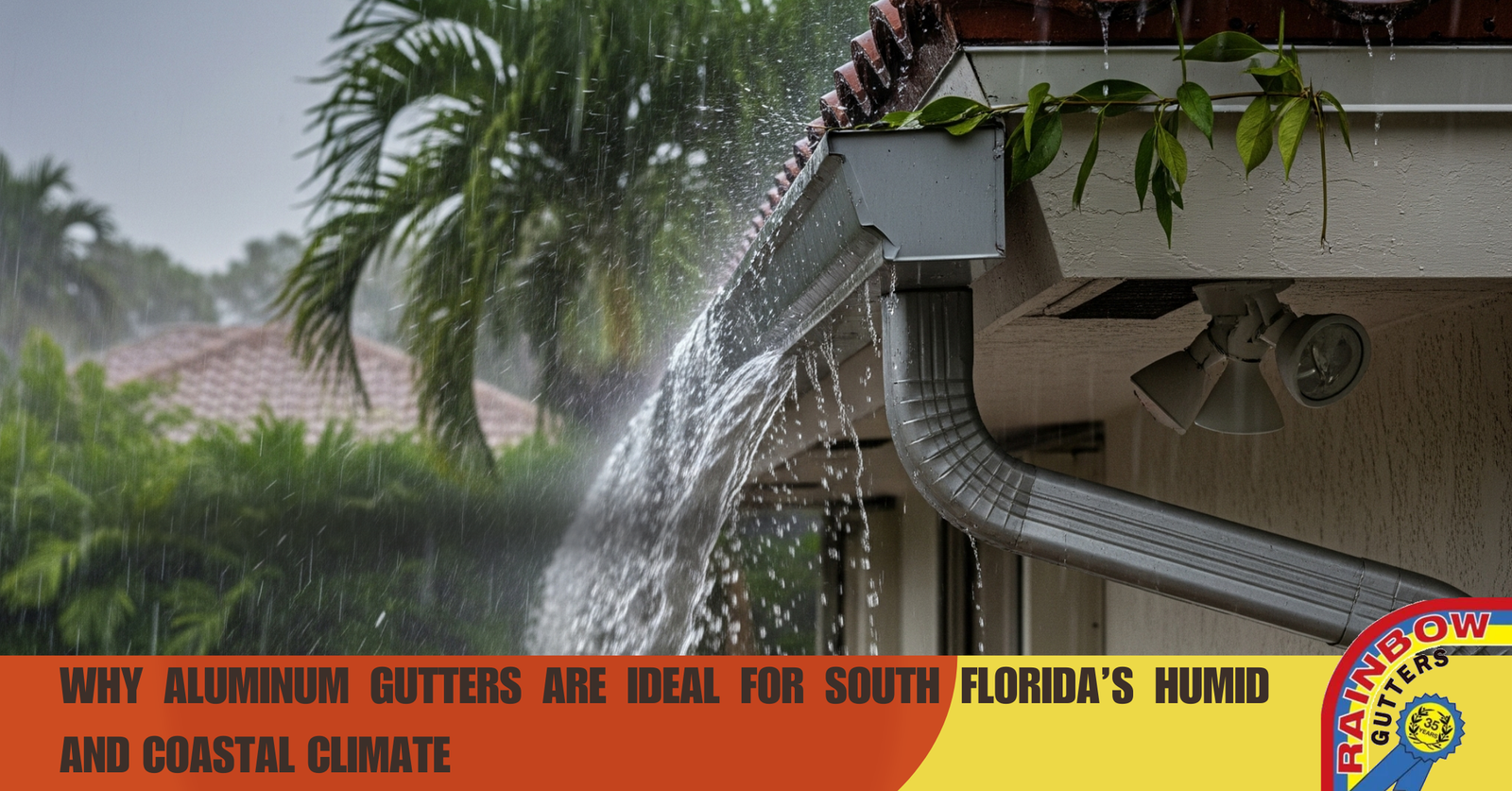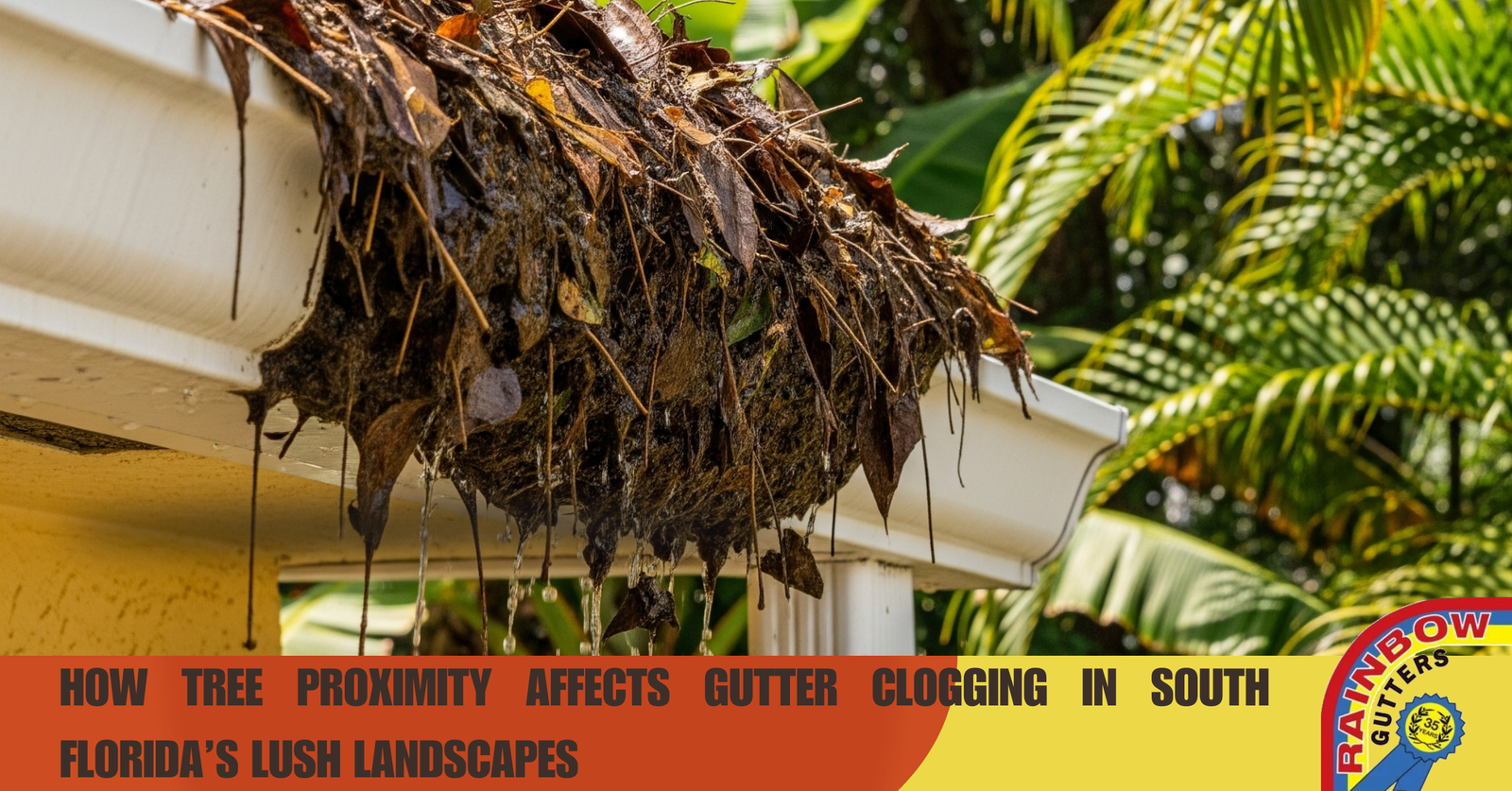Gutters are one of the most overlooked yet essential components of a home’s structure. Their primary function, to divert rainwater safely away from your home, prevents damage to your foundation, siding, and roof. However, the way gutters perform and deteriorate varies significantly depending on where you live.
For homeowners in northern regions, the main enemies are snow and ice, which can cause physical strain and blockages in the system. In contrast, South Florida residents battle intense rains, high winds, and corrosion during hurricane season. Understanding these regional challenges is key to protecting your investment and avoiding costly repairs.
This guide breaks down how weather impacts gutters in these vastly different climates, provides maintenance tips tailored to each region, and explains how proactive care can save you thousands in long-term property damage.
The Impact of Snow and Ice on Gutters in Northern Regions
When winter hits, gutters in northern climates endure months of freezing temperatures, heavy snow accumulation, and frequent thawing cycles. These conditions can lead to extensive damage if proper maintenance is neglected.
1. Ice Dams and Water Backups
One of the biggest threats to gutters up north is the formation of ice dams. These occur when melting snow refreezes at the edge of the roof, creating a ridge of ice that prevents proper drainage. As water continues to melt behind the dam, it has nowhere to go except under shingles or siding, causing roof leaks, interior wall damage, and ceiling stains.
Gutters filled with ice also become heavy and strained, often pulling away from the fascia or sagging under the pressure. Once this happens, water no longer flows correctly, leading to overflow and structural issues.
2. Freeze-Thaw Expansion
Metal gutters, especially aluminum and steel, expand and contract as temperatures fluctuate between freezing and thawing. This repetitive cycle stresses the seams and joints, eventually leading to cracks, leaks, or separation between sections. Over time, even minor splits can become major leak points that allow water to infiltrate walls or foundations.
3. Weight Damage from Snow Buildup
The added weight of accumulated snow can also wreak havoc on gutter systems. Gutters are not designed to bear the load of heavy snow and ice for extended periods. When the strain becomes too much, brackets can loosen, gutters can bend, or the entire system can detach from the roofline.
4. Clogging and Overflow Issues
As snow and ice begin to melt, gutters often struggle to drain properly if they are already clogged with debris. The combination of thawing slush, leaves, and dirt creates dense blockages that restrict water flow. This can lead to overflows that damage siding, landscaping, and even the home’s foundation.
Pro Tip for Homeowners:
Before the first snowfall, ensure your gutters are completely clear of leaves and debris. Installing heated cables or gutter guards can also minimize ice buildup and improve winter drainage efficiency.
Hurricane-Season Gutter Challenges in South Florida
While northern homeowners deal with ice and snow, South Florida faces the opposite challenge: torrential rain, high humidity, and hurricane-force winds. These weather patterns create a unique set of issues for gutters that require equally specific maintenance strategies.
1. Overwhelming Rainfall
During hurricane season, South Florida can experience several inches of rainfall in just a few hours. Gutters that are not properly cleaned or adequately sized struggle to keep up with the downpour. As a result, water spills over the sides, eroding the soil around the foundation and creating potential flooding hazards.
Even minor clogs from palm fronds or leaves can quickly lead to overflow problems during heavy storms. Ensuring your gutters have the correct slope and are cleaned before the rainy season begins is crucial for optimal drainage.
2. Wind and Debris Damage
High winds from tropical storms and hurricanes can loosen gutter fasteners or completely rip sections off the roof. Additionally, flying debris, such as branches, shingles, and outdoor furniture, can dent, puncture, or bend gutters, compromising their performance.
After a major storm, it’s important to inspect your gutters for any physical damage and secure loose sections immediately to prevent further deterioration.
3. Corrosion from Salt Air
Homes near the coast face an additional challenge, salt corrosion. The salty ocean air can accelerate rust and deterioration, particularly for metal gutters made of galvanized steel or lower-grade aluminum. Over time, this corrosion leads to leaks and weakened structural integrity.
To combat this, South Florida homeowners should consider seamless aluminum or copper gutters, which resist rust and last longer in coastal environments. Regular rinsing with fresh water can also help minimize salt buildup.
4. Clogged Downspouts and Improper Drainage
During and after hurricanes, gutters often become packed with leaves, twigs, and dirt blown in by high winds. This debris blocks downspouts and prevents water from flowing freely. When the next storm hits, these clogs can lead to major overflow issues and water damage to the fascia, soffit, and walls.
Pro Tip for Florida Homeowners:
Inspect and clean gutters regularly during hurricane season. Installing gutter guards or leaf screens can reduce debris accumulation and minimize the need for frequent cleanouts.
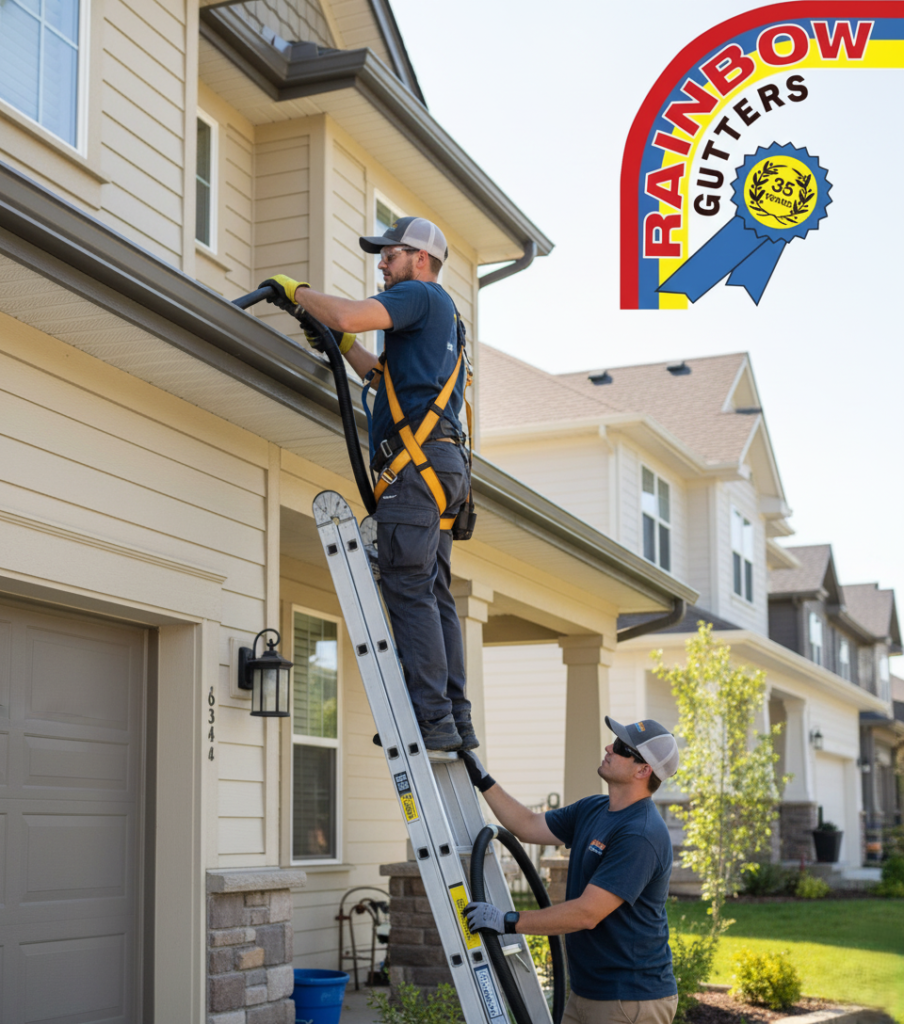
Regional Comparison: North vs. South Gutter Challenges
| Factor | Northern Regions (Snow & Ice) | South Florida (Rain & Hurricanes) |
|---|---|---|
| Main Threats | Ice dams, freeze-thaw cycles, heavy snow | Heavy rain, strong winds, salt corrosion |
| Typical Damage | Cracked seams, sagging, water leaks | Detached gutters, corrosion, overflow |
| Maintenance Focus | De-icing, insulation, regular clearing | Reinforcement, corrosion prevention, debris removal |
| Material Recommendation | Aluminum or vinyl with heating cables | Seamless aluminum or copper |
| Best Seasonal Prep Time | Early fall (before snow) | Late spring (before hurricane season) |
This table highlights the importance of understanding your regional climate before investing in or maintaining a gutter system. The right approach ensures that your gutters can handle local weather extremes efficiently.
Long-Term Gutter Maintenance Strategies for Every Climate
Regardless of where you live, regular maintenance is the key to maximizing gutter lifespan and performance. Here are universal steps every homeowner should take:
- Schedule Biannual Cleanings – Ideally, clean your gutters twice a year, once in late fall and once in spring. In South Florida, add one more cleaning before hurricane season.
- Inspect for Damage – Look for rust spots, cracks, loose brackets, or sagging sections. Address small issues immediately before they become expensive problems.
- Seal Leaks and Replace Loose Hardware – Use gutter sealant on minor leaks and tighten fasteners to keep your gutters securely attached.
- Install Gutter Guards or Screens – These prevent debris buildup while maintaining proper water flow.
- Ensure Proper Downspout Extension – Downspouts should extend at least 3–4 feet away from the foundation to prevent pooling water near your home’s base.
- Hire a Professional – Professional cleaning and inspection services have the tools and expertise to detect underlying issues that might go unnoticed by homeowners.
Bonus Tip:
If you live in a multi-story home or an area with frequent storms, consider investing in reinforced brackets or hidden hangers for extra gutter stability.
Protect Your Home by Adapting to the Climate
The weather may differ drastically between the snowy north and the stormy south, but the goal remains the same: keep your gutters clean, secure, and functional. Taking a regional approach to gutter maintenance ensures your system performs optimally all year round.
By understanding how snow, ice, and hurricanes affect your gutters and taking preventive measures, you can avoid costly water damage, preserve curb appeal, and extend the life of your roofline.
Call to Action
Whether you’re dealing with frozen gutters in New England or wind-tossed ones in South Florida, remember, a little maintenance now saves you major repairs later. Contact us today!


